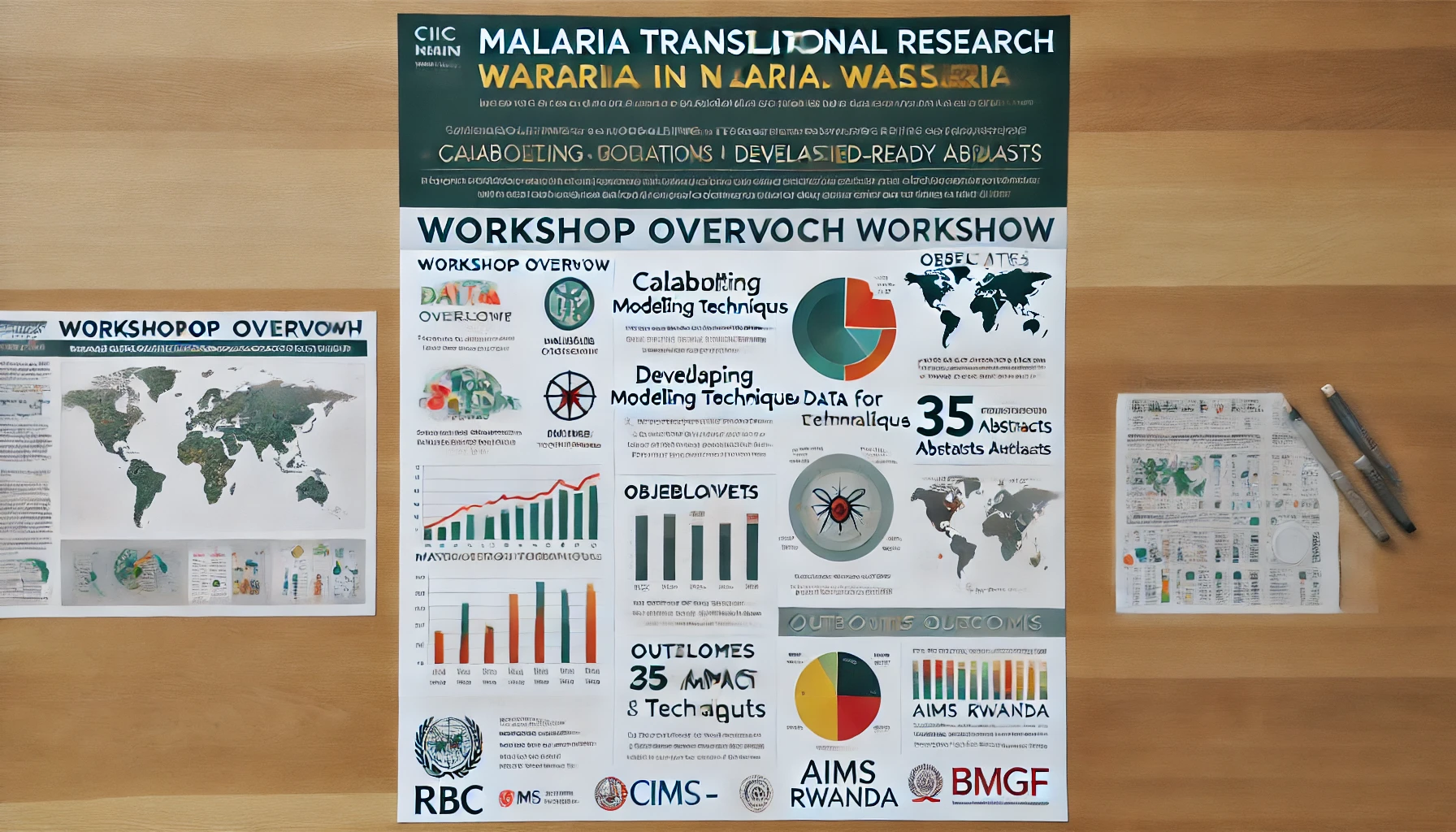The World Health Organisation (WHO) reported a staggering 249 million malaria cases and 608,000 malaria-related deaths globally in 2022, with a disproportionate 94% occurring in the African region. In Rwanda, concerted eorts by the Ministry of Health (MoH) and Rwanda Biomedical Center (RBC) have resulted in a signicant decline in malaria incidence from 400 per 1000 in 2016 to 148 per 1000 in 2020. Building on this progress, the MoH and RBC have
commied to reducing malaria morbidity and mortality by at least 50% of 2019 levels by 2024, as outlined in the 2020-2024 Malaria Strategic Plan (MSP). Central to this strategy is the strengthening of surveillance information and data utilization for informed decision-making at all levels.
Aligned with these objectives, the Malaria Modeling Africa (MamodAfrica) project, a collaboration between AIMS Rwanda, Université d’Abomey-Calavi, Benin, and CIIC-HIN Rwanda, seeks to leverage modeling techniques to support malaria interventions in Africa.


